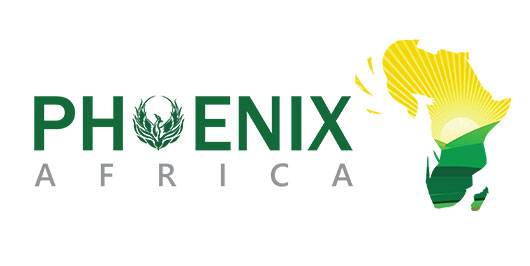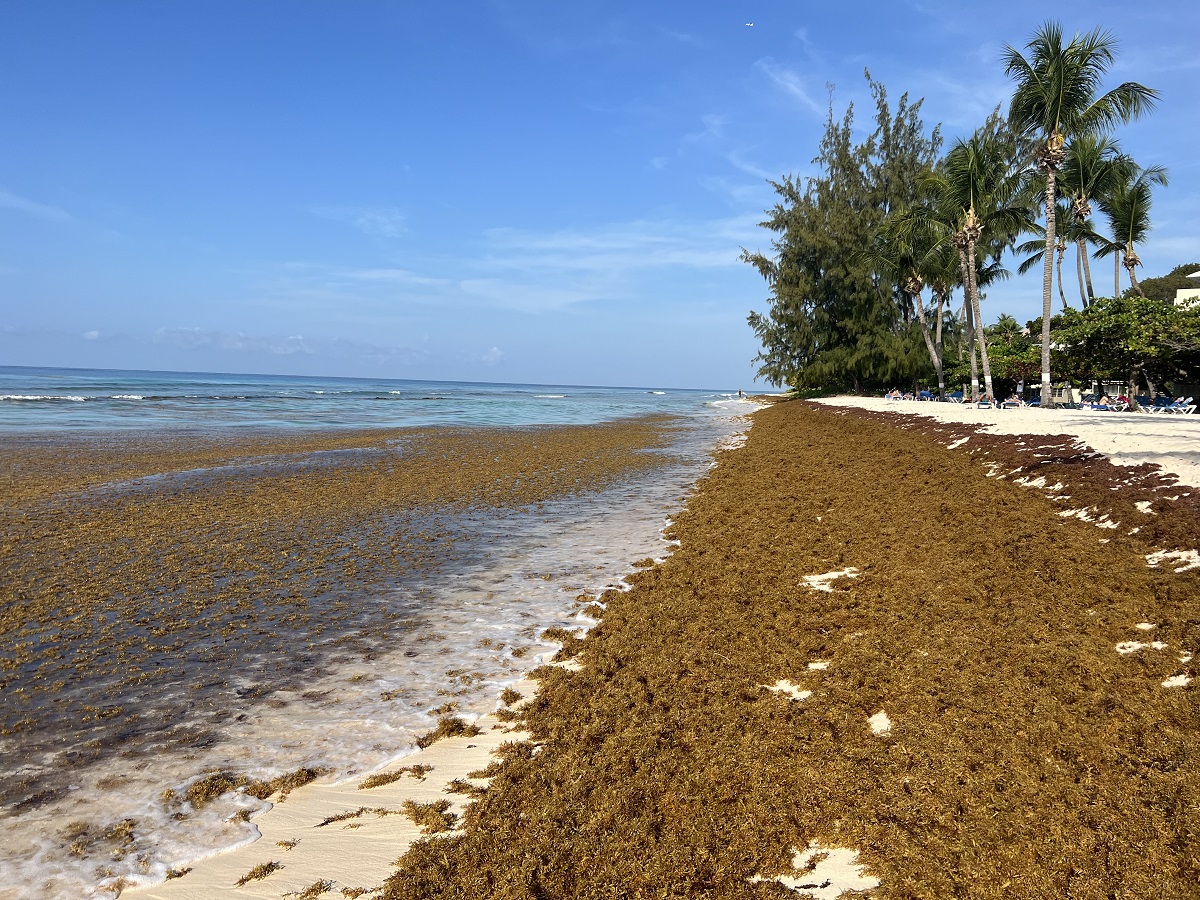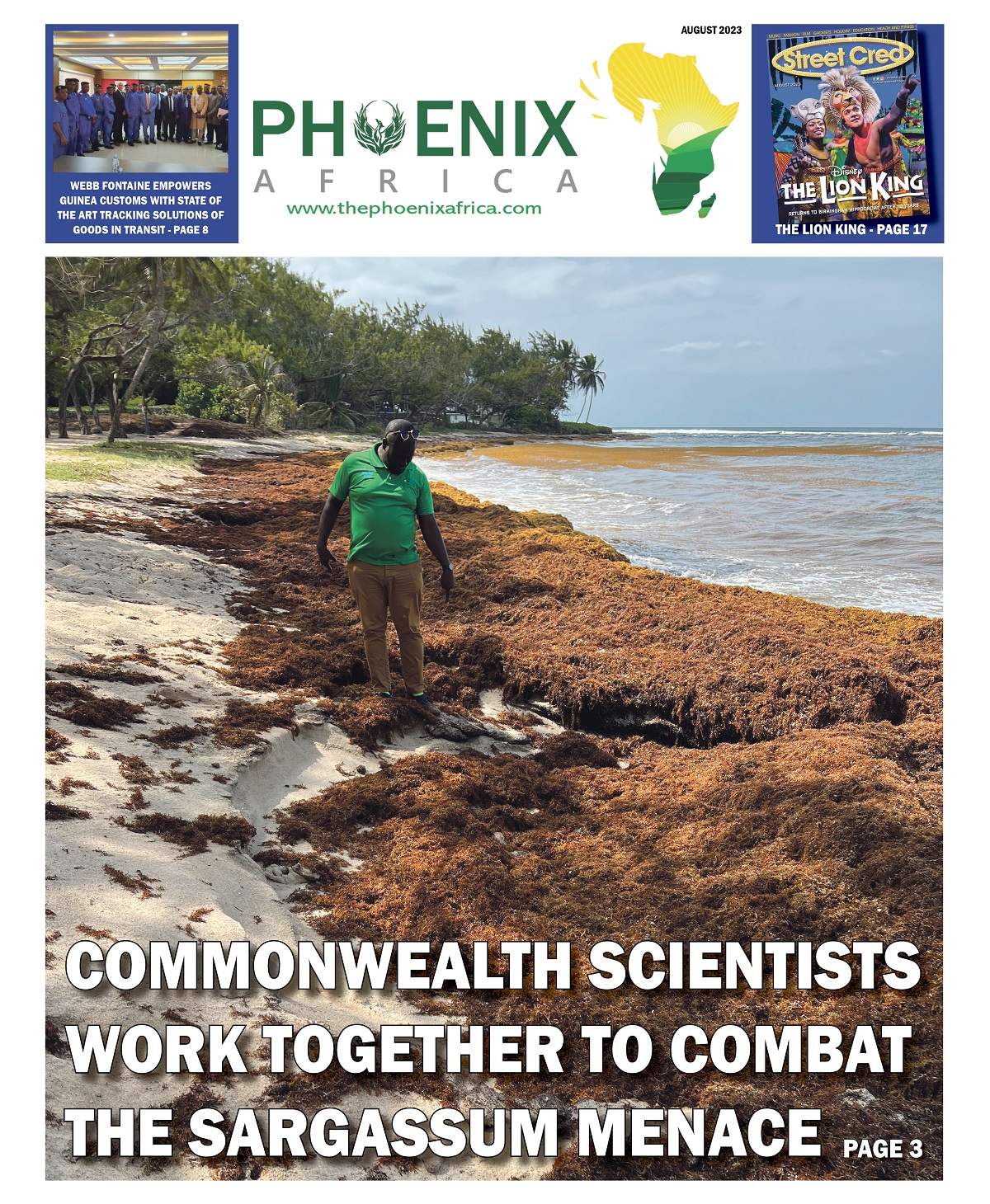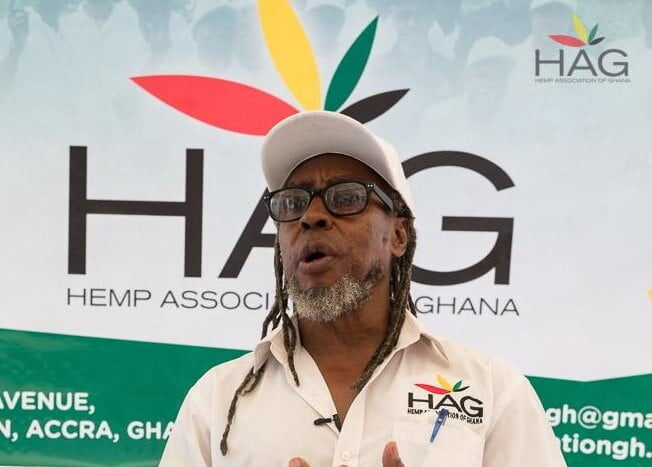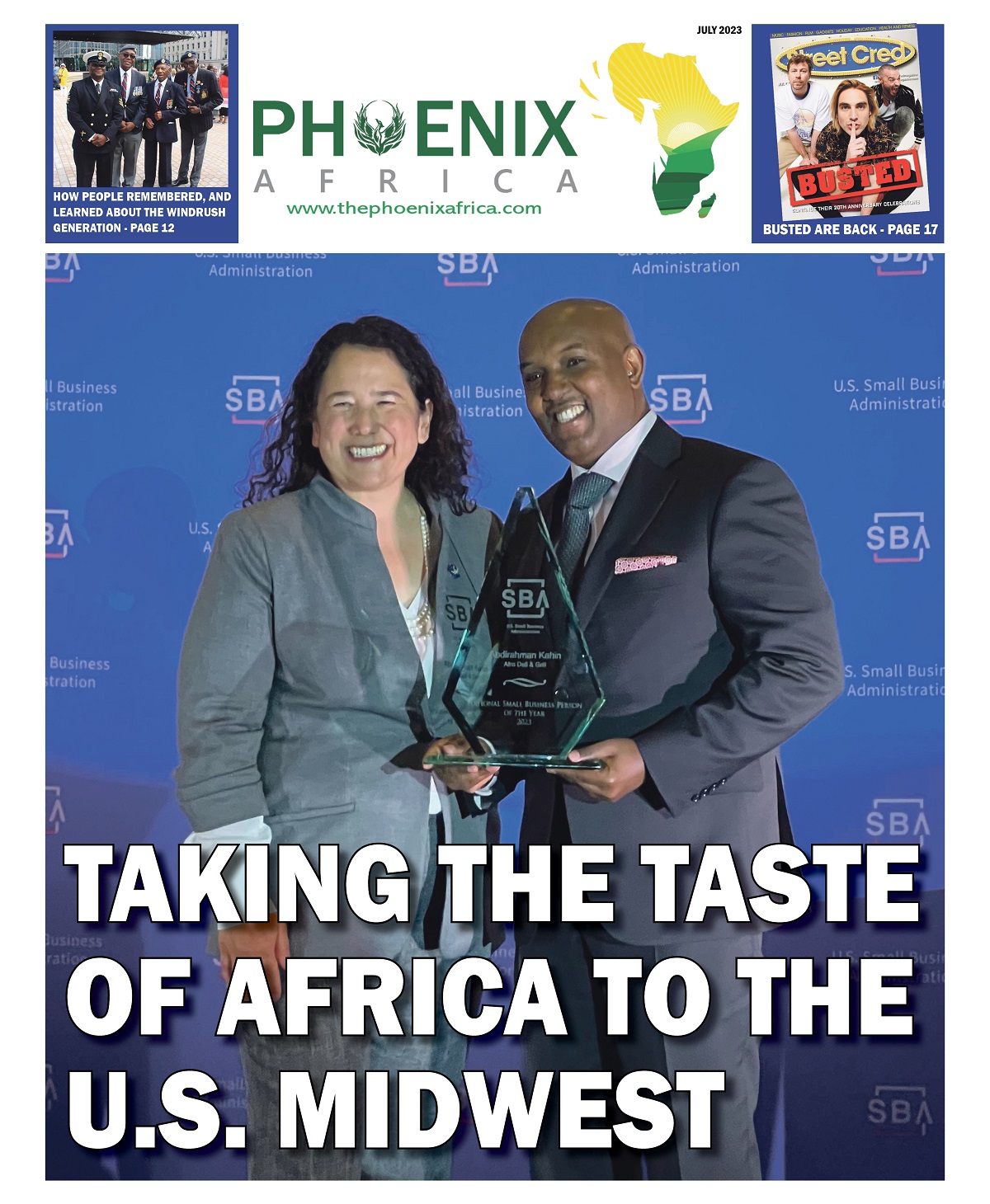In its place in the sub-tropical northern Atlantic Ocean (the Sargasso Sea), Sargassum weed is a floating forest providing food, habitat and shelter to numerous marine species, but recently something has changed and those changes are bringing misery to coastal communities in the Caribbean islands and West Africa.
Professor Emma Tomkins of the University of Southampton explained: “An anomalous weather event in the winter of 2010/11 caused a massive increase in seeding resulting in huge floating rafts of Sargassum weed across thousands of miles across the ocean to wash up on shores of the Atlantic tropics in staggering quantities”. The size of the weed rafts is enormous with some measuring more than 1.3 million square meters, that’s about the size of 250 football pitches. More than 30 countries are feeling the effects where tons of decomposing Sargassum impacts on fishing by choking harbours, tourism by smothering beaches in stinking slimy carpets attracting swarms of flies, and, in extremis, risking human and animal health in vulnerable coastal communities.
Seeking answers to this problem, Professor Tompkins joined a team of scientists from four Commonwealth countries, Britain, Jamaica, Ghana and Barbados, working together on developing ways of predicting where the weed rafts may make land-fall and, more importantly, how the weed can be dealt with once ashore. Their results are encouraging and point towards potential uses where the stranded weed could have a commercial value offering coastal communities the hope of making income from processing the beached weed.
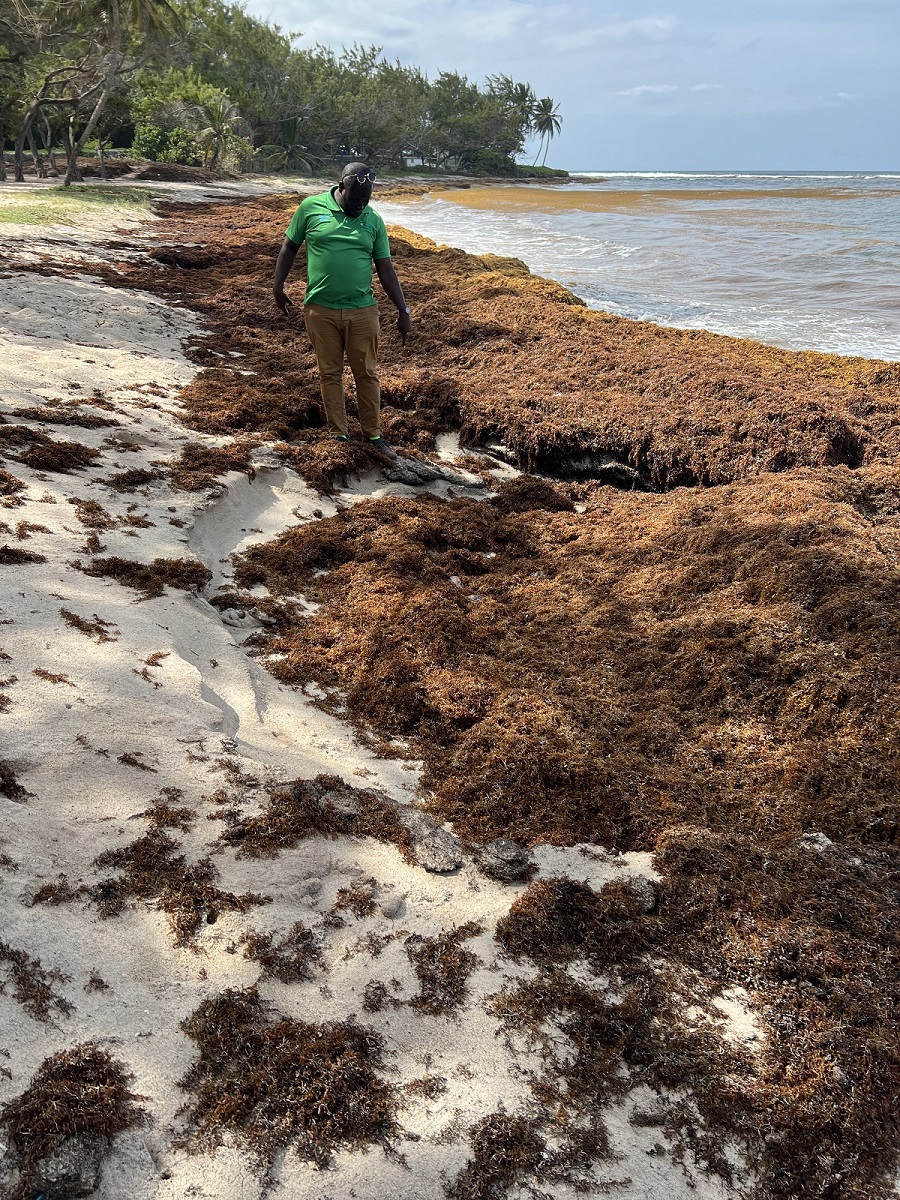
The scientific research team, known as SARTRAC , is a partnership led by the University of Southampton (UK) and includes the University of Ghana, the Mona Geoinformatics Institute at the University of the West Indies (Jamaica campus), the Centre for Marine Studies at the University of the West Indies (Jamaica campus), the Centre for Resource Management and Environmental Studies at the University of the West Indies (Barbados campus), and the Centre for Novel Agricultural Products at the University of York (United Kingdom). This range of scientific skills has been brought together to look at the problem in the round, as Dr Janice Cumberbatch from the University of West Indies (Barbados) explained: “Sargassum represents both a threat and an opportunity for Caribbean states. Entrepreneurs are developing innovative products from Sargassum, such as fertilisers, cosmetics and pharmaceuticals. The scientists on the SARTRAC teams are assisting this process by investigating and advancing processes for monitoring and forecasting, and by exploring novel ways for transformative adaptation of Sargassum to empower communities whose livelihoods have been affected by this ecological risk, to turn it into an opportunity.”
The SARTRAC team has been pursuing four areas of research. The first is an assessment of the atmospheric and oceanographic drivers of Sargassum across the tropical Atlantic Ocean in order to improve forecasting of the movement of the weed. Governments are now using tracking services which have been developed as a result of the research work and this helps countries with their Sargassum seasonal planning.
The second area was to develop a near real-time early warning system for vulnerable coastal communities to predict where, when and how Sargassum will reach land. Satellite imagery, combined with drone monitoring is now enabling local prediction of conditions in the days prior to the weed landing.
The third area involves identifying the most vulnerable communities and assessing their ability to deal with stranded Sargassum. This work included studying how Sargassum could be used as compost and fertiliser and wether it could be used for small scale bio-gas production.
The fourth area of research has been exploring how improved management of Sargassum can increase the opportunities available to the poorest communities. Together, these four areas are generating tools for long-range forecasting systems, resources like a severity index that can be applied in other areas; and knowledge to support pathways out of poverty for those affected. This is of particular importance in some parts of Africa as Professor Kwasi Appeaning Addo, Director for the Institute for Environment and Sanitation Studies, University of Ghana, explained: “Sargassum is a major threat to vulnerable coastal communities in Ghana. It is impacting negatively on the small-scale fishing industry, which is a major source of livelihood in poor communities. SARTRAC’s work is enabling the poorest of the poor in vulnerable communities to discover the economic potentials of Sargassum to enhance their adaptive capacity.”
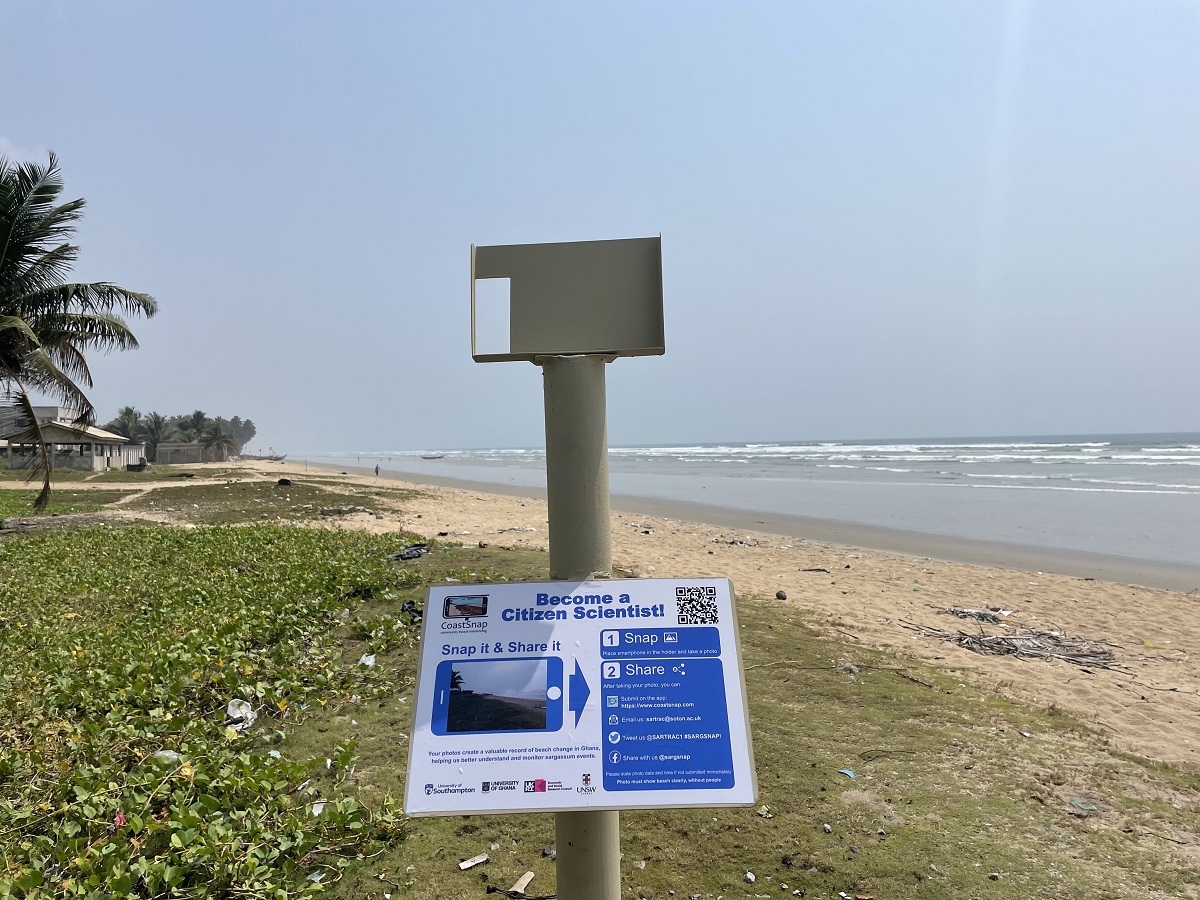
Five years of extensive research has yielded results, not only in terms of finding ways in which the weed could be used productively but, as importantly, how it should not be used. Professor Tomkins said: “We do now have a better understanding of the weed, for instance we now know that it only grows when it is moving, if it is still it dies. We also know that some types of Sargassum grow a lot more quickly than others. But crucially, we know that Sargassum has a high arsenic content and we have worked hard to find safe ways to use the weed and can now warn against uses which will put people and livestock at risk”.
This is important as an early consideration of the use of the weed was as a fertiliser. The SARTRAC team is keen to stress that Sargassum is usable but people need to understand how to use it safely. If it is simply spread on root crops or used as fertiliser for plants like salad crops which are grown for their leaves, high levels of arsenic will be absorbed by the plant and those crops cannot be eaten. Research does show, however, that when used to fertilise tomatoes and peppers, the fruits of those plants do not retain the arsenic and are safe to eat.
The team also looked at Sargassum as a compost for growing trees and their research shows that when mixed with 50% sawdust Sargassum compost works as a very good growing medium for mangrove seedlings which can then be used to support mangrove regrowth to protect against storm surges.
The potential for small scale bio-gas production from the controlled decomposition of Sargassum was researched thoroughly and did not prove to be suitable for use in home gas-generating digesters. None the less, this ground breaking work has stimulated research and development studies in the corporate and commercial sector where imaginative uses ranging from agricultural products to building materials are all now being tested as potential future products.
In the mean time, the tracking and monitoring goes on and the SARTRAC team has worked hard to encourage individuals and schools to get involved in vital “citizen science” across the countries affected.
In Ghana, for example, where general cloud cover makes satellite tracking of the weed rafts difficult, they have set up photo-points at set locations along the beaches allowing anyone to place their smart phone on the set point photo-post and take a picture of that stretch of beach and send it straight into the regional monitoring group, something which Professor Emma Tomkins believes is vital. She said: “Finding ways to track and use Sargassum is so important as this situation is not likely to change any time soon. Citizens are now gathering valuable data for weed management and, crucially, these initiatives are involving school children who are learning about the problem and will, no doubt, be a part of its management in the future.”
